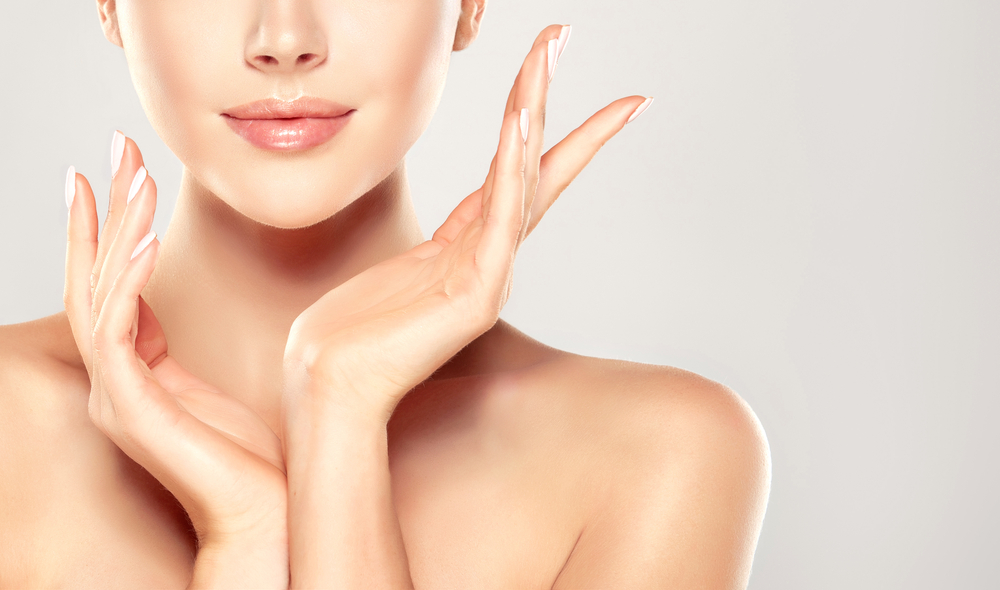Relationships June 21, 2017
Sometimes those bumps aren't just acne.


It’s summertime, which means your skin is already acting up if you have problematic skin.
At the same time, no one wants to cover up bumps on their skin with layers of makeup in 90-degree weather.
Unfortunately, picking at your skin is only going to make your situation worse.
So instead of attacking those bumps on your skin with your fingers, here are seven causes for those bumps on your skin and how to treat them.
This facial skin problem usually looks like a group of itchy and red papules, which are elevated and solid lesions. It usually occurs around the eyes, nostrils, mouth and genitals.
But don’t worry, it doesn’t mean you have an STD. While the cause of these bumps is unknown, steroids, makeup, sunscreens, fluorinated toothpaste and not washing your face are inducers of this rash.
If you feel like you’re prone to these red lesions, stop using all your daily face creams, wash your face with just warm water while you have the rash. And once it’s cleared, start using nonsoap bars and liquid cleansers. Lastly, try using gel or liquid sunscreen.
Rosacea is characterized by tiny, red, pus-filled bumps on the skin. The most common causes of this facial problem seem to be genetics, fair skin and abnormalities in the blood vessels of the face that cause flushing and redness. So if you look like you’re constantly blushing, it may be due to rosacea.
Although the condition can’t be cured, it is suggested to see a dermatologist for treatment. Anti-acne medication and antibiotics can reduce systems.
If you have raised, red, scaly patches on your skin. Then, you probably have psoriasis. This itchy skin rash is an immune-mediated disease that usually shows up on the outside of the elbows, knees or scalp but can also show up almost anywhere on the body. Although a cure for this condition isn’t available, your dermatologists can offer you treatments such as topical ointments and medications to remove scales and to reduce the rate of growing skin cells.
Although this outbreak may look like acne, these tiny bumps on your skin are caused by a yeast overgrowth. These itchy bumps can be induced by multiple situations from wearing synthetic clothing in hot and humid environments to the application of greasy sunscreens and oils like coconut oil.
Luckily, oral antibiotics usually used for acne can be used to treat the problem.
These tiny bumps on the skin that look like goosebumps are a buildup of dead skin. They can be itchy and dry. Unfortunately, since this condition is genetic, there is no cure. But, treating dry skin can reduce the appearance of the bumps and alleviate some symptoms.
These skin growths are round and red-brownish in color. They usually feel like hard bumps, but they’re completely harmless. The causes of these growths are still unknown so there isn’t a clear cure, but they can be removed surgically.
This harmless skin disorder shows up on the skin as small red bumps.
Inflammation of the hair follicles is also usually a characteristic of this disorder. This condition typically caused by infections and irritation so shaving or use of topical steroid creams can induce these bumps. To prevent this disorder, it’s important to avoid friction and rubbing like constantly shaving. To treat this condition, dermatologists can prescribe ointments to alleviate the bumps.
As it gets hotter, the risk of bumps on the skin and blemishes increase. So, if you find your skin to be itchy and red, your best option is to diagnose the problem and attack it with treatments and medications instead of your fingers.